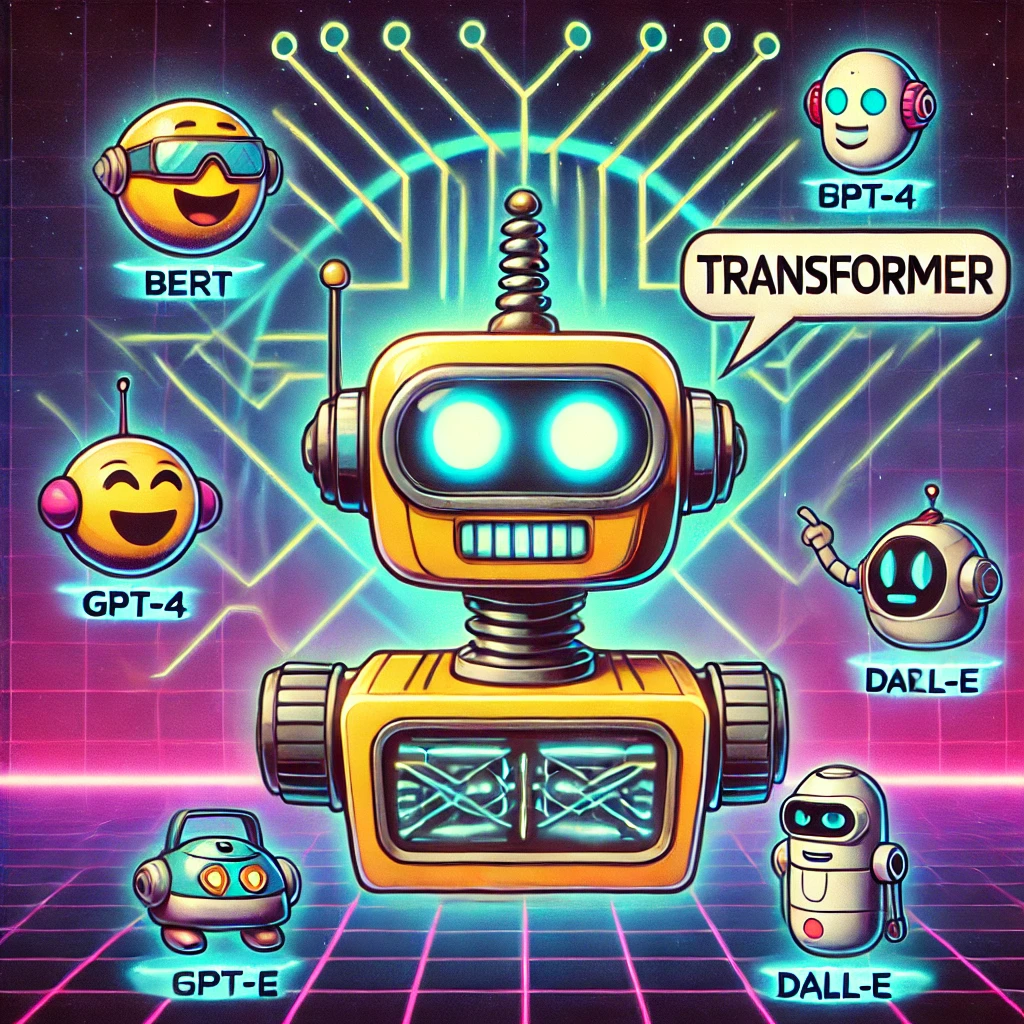In 2017, researchers from Google Brain published the groundbreaking paper "Attention Is All You Need," which radically changed the way AI processes language. Until then, recurrent neural networks (RNNs) and their developments, such as LSTMs (Long Short-Term Memory) and GRUs (Gated Recurrent Units), dominated the field of natural language processing (NLP). These models processed text sequentially, word by word, which was associated with scaling problems and performance bottlenecks.
Google's Transformer approach made a radical shift: instead of sequential processing, the model relied on the so-called self-attention, which allows all the words in a sentence to be analyzed simultaneously and their relationships to each other to be weighted. This parallel processing not only increased efficiency but also solved the problem of context loss in long texts.
The impact was revolutionary: the Transformer formed the foundation for almost all of today's generative AI models - including OpenAI's GPT series, Meta's LLaMA, Google's BERT, Claude, Bard, and many others. The architecture enabled AI models to be trained faster and more efficiently on massive datasets.

Comments